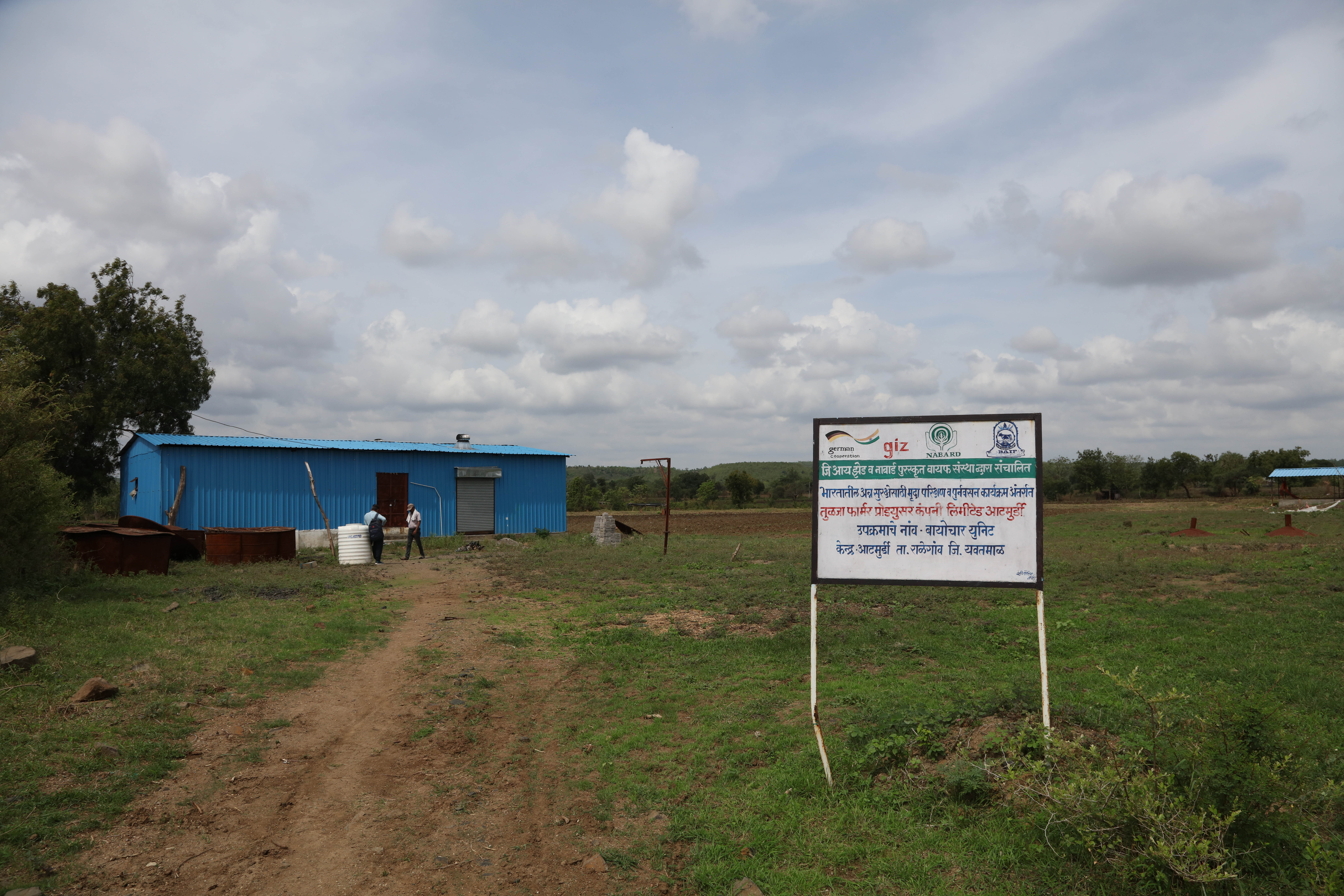This building block focuses on using nature-based solutions to stabilize riverbanks and protect both wildlife habitat and community infrastructure. Riverbank erosion poses significant threats to riparian vegetation, drinking water sources, agricultural fields, and wildlife movement corridors. Instead of relying on concrete structures, this approach applies eco-friendly techniques such as bioengineering, bamboo and brush layering, use of coir logs, and planting native grasses, shrubs, and tree species to strengthen soil structure naturally.
Stabilizing riverbanks with vegetation reduces erosion, slows surface runoff, filters sediments, and restores natural river dynamics that support fish, amphibians, and terrestrial wildlife. These methods also improve habitat connectivity, helping animals move safely between feeding areas, mineral licks, and water sources.
Community participation is essential: local residents assist in planting, maintaining vegetation, monitoring erosion, and protecting newly restored areas from grazing and disturbance. This increases ownership and ensures long-term sustainability.
Nature-based riverbank stabilization also builds climate resilience by reducing flood impacts, preventing land loss, and lowering long-term maintenance costs. Integrated with watershed management, it becomes a key strategy for landscape-level conservation and community safety.
